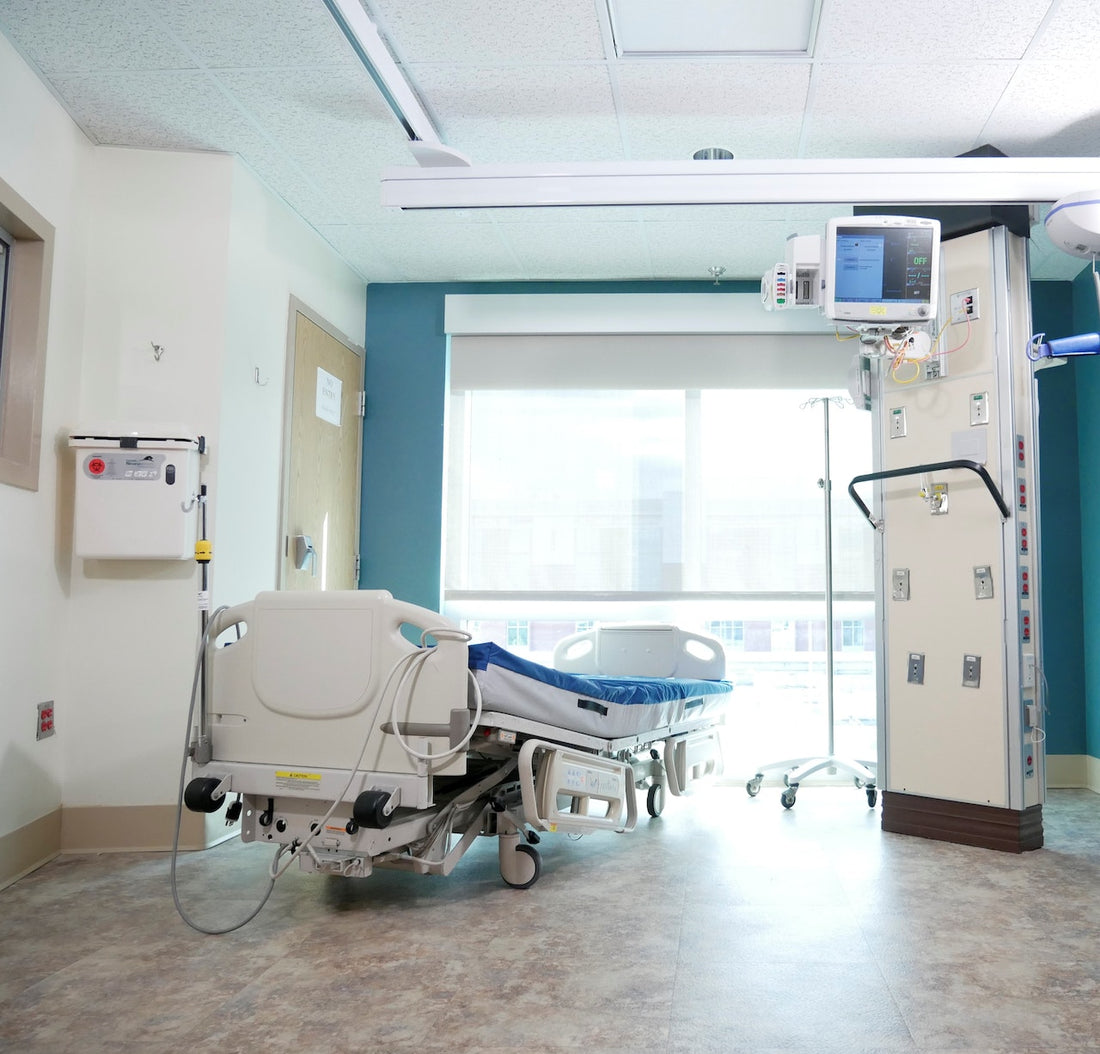It's no secret that working in a hospital is never easy, especially since it's a 24/7 job. As if it wasn't already exhausting and mentally draining, the emergency room must be staffed with people who can handle the high-pressure, fast-paced environment. Naturally, the responsibility includes ensuring medical equipment is accounted for.
Some medical equipment is necessary for an emergency room because they're used for life-saving procedures. Conversely, they're also required by law, meaning the equipment must always be available. However, it's always challenging to gauge what must be present because there's no telling what could happen in an emergency room, and the list of potential equipment is constantly growing. For this reason, we'll discuss some of the most common equipment in an emergency room. These include:
Gurneys and Beds
Gurneys are the most common piece of equipment in an emergency room. They're also the most versatile, as they can be used for everything from transporting patients to performing procedures. Most gurneys are equipped with an IV stand, which is necessary for administering fluids and medications. In addition, they may also have a monitor for monitoring a patient's vital signs.
Beds are also common in an emergency room, although they're not as versatile as gurneys. Beds are typically used for patients who need to be monitored overnight or for longer. They may also be used for procedures that require a patient to lie flat, such as an MRI.
It's worth noting that some gurneys and beds have other features, such as being foldable and wheeled. You should check with your hospital or healthcare facility to see what type of gurneys and beds they use so that you can be sure to purchase the correct equipment.
For Children
Children frequently receive care from emergency rooms, especially if they've been injured in an accident. While most of the equipment in an emergency room is the same for adults and children, some pieces of equipment are designed specifically for children.
For one, a pediatric nebuliser is a nebuliser that is designed specifically for children. It's smaller than a regular nebuliser, making it easier for children to use. Conversely, smaller-sized blood pressure cuffs are also available for children. These cuffs are designed to fit around a child's arm, making it easier for healthcare providers to take accurate readings.
Infection Prevention
While infection prevention is a priority in all medical facilities, it’s vital in emergency rooms. This is because patients who visit the ER are likelier to be sick than patients who visit other medical facilities. Emergency rooms are equipped with UV sterilisers, which are used to sterilise medical equipment.
PPE dispensers are also available. These dispensers are designed to dispense personal protective equipment, such as gloves and masks. This helps to ensure that healthcare workers are adequately protected from exposure to infectious diseases.
Respiratory Equipment
The emergency room is one of the most critical places in a hospital for respiratory equipment. This is because patients who visit the ER are more likely to suffer from a respiratory infection than those who visit other medical facilities. As such, emergency rooms are equipped with items like oxygen tanks and ventilators.
Patient Transport
Emergency rooms are also equipped with patient transport equipment. This equipment includes stretchers, wheelchairs, and other devices used to transport patients to and from the ER. This equipment helps ensure patients get the treatment they need promptly.
Monitoring and Diagnostic Equipment
Emergency rooms are also equipped with monitoring and diagnostic equipment. This equipment helps to monitor the patient’s condition and to diagnose the cause of their symptoms. This equipment monitors the patient’s vital signs, such as heart rate and blood pressure. This equipment is also used to monitor the patient’s blood oxygen levels and to perform various tests, such as blood tests and X-rays.
Storage Solutions
Emergency rooms are also equipped with storage solutions. This equipment helps to store the patient’s medical records and other vital documents. This equipment helps to ensure that the patient’s medical records and other important documents are accessible when needed.
Conclusion
An emergency room must have a wide range of medical equipment to ensure that it can provide the best possible care for patients. Because of the wide range of equipment, emergency rooms must be adequately equipped. All that matters is that the equipment is of the best quality and available when needed.
If you’re looking for medical supplies, UKMEDI has what you need! We offer medical-grade supplies ranging from syringes and needles, 3m surgical tapes, and tourniquets, all for affordable prices. Visit our website today and take your pick

